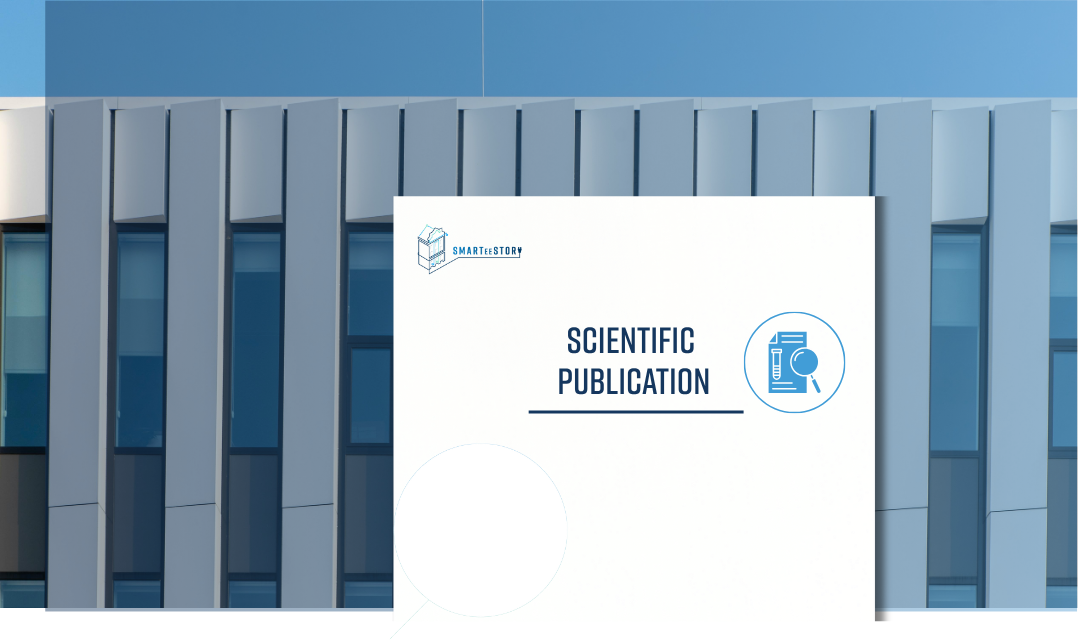Can smart facades really make buildings greener and more comfortable? Our latest SMARTeeSTORY study says: It's complicated.
In the push for smarter, more sustainable buildings, automated façades, like motorised blinds or responsive shading systems, are often seen as a game-changer. They promise better energy efficiency, improved indoor comfort, and happier occupants. But do they really deliver on all fronts?
A recent scientific review for the SMARTeeSTORY project and led by the Technical University of Delft (TU Delft), took a deep dive into nearly 100 studies to find out. Researchers looked at how these systems perform in real office buildings, lab experiments, and computer simulations. The results? Automated façades do help save energy, especially by reducing lighting and cooling needs. They’re also better at controlling glare and excessive daylight compared to manual systems.
However, when it comes to how people actually feel about them, the picture is less clear. Some occupants prefer the control and flexibility of manual systems, while others appreciate the automation. And while visual comfort has been studied extensively, other factors like air quality and thermal comfort need more attention.
The study highlights the need for more research that focuses on real people in real buildings—not just simulations or lab tests. Understanding how occupants interact with these systems is key to designing buildings that are not only energy-efficient but also truly comfortable and user-friendly.
This research is part of SMARTeeSTORY’s broader mission to make historic and complex buildings smarter and more sustainable, without compromising comfort or heritage.
Read the publication:
Influence of automated façades on comfort and energy: A critical review
P. de la Barra, E. Brembilla, A. Prieto, C. Vásquez, U. Knaack, A. Luna-Navarro,
Influence of automated façades on comfort and energy: A critical review (2025), Energy and Buildings, Volume 347, Part B, ISSN 0378-7788, https://doi.org/10.1016/j.enbuild.2025.116290.
Access TU Delft’s and all SMARTeeSTORY scientific publications here and on ZENODO.



